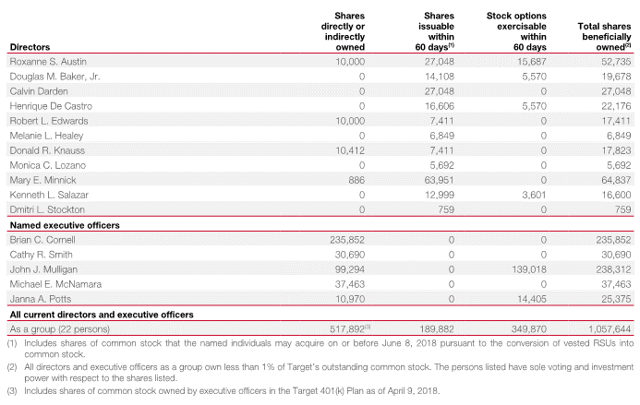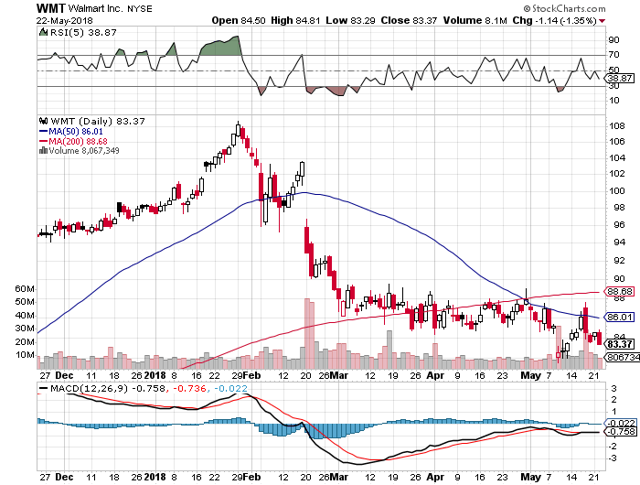Despite the recent struggles Tesla (NASDAQ:TSLA)�has faced with the manufacturing of its Model 3, it's hard to ignore the�fact that this has been a fantastic stock to own this decade. Finding stocks that can produce a 1,000% return in less than 10 years is absolutely fantastic for one's portfolio.
It's not an easy task finding these kinds of stocks. For every Tesla, there are numerous stocks that have no shot at that kind of return. So we put the question to three of our Motley Fool investors: What stock do you see having a future that could meet or beat Tesla's performance? Here's why they picked SolarEdge Technologies (NASDAQ:SEDG), A.O. Smith (NYSE:AOS), and Take-Two Interactive (NASDAQ:TTWO).

Image source: Getty Images.
The behind-the-scenes investment in solar energyTyler Crowe (SolarEdge Technologies): Investing in solar power isn't the slam dunk investment that one might think. Even though the solar industry has been growing by leaps and bounds over the past several years, the economics of solar panel producers and residential installers haven't been great for investors. Pricing pressure and the constant need to reinvest in new technology means margins in these businesses have been razor thin. One part of the solar industry that has done spectacularly well, though, are component suppliers. That's why SolarEdge Technologies' stock is up 273% over the past year and there is a chance that there is still room to run.
SolarEdge doesn't make panels. Rather, it makes the electrical components that make solar power a viable power source such as inverters and power optimizers. The benefit of these kinds of products is that they are panel agnostic -- they can be installed on any manufacturers' panels -- and they improve the economics of an installation, which gives it some pricing power when selling products. This position in the solar value chain has allowed SolarEdge to grow revenue by more than 50% annually while maintaining a gross margin of 29% or higher over the past three years.�
Even though the stock has grown incredibly over the past year, there is still room for it to run. Revenue shows little sign of slowing down, margins are expanding, and the recent ruling that all new homes need to have a solar power installation on them�make a price to earnings ratio of 35 for a stock growing this fast seem more than reasonable. If you want a stock that has a chance to outpace Tesla for a while, take a look at SolarEdge Technologies.�
Building off of a solid foundationReuben Gregg Brewer (A.O. Smith Corporation): Tesla has helped to change the way we look at automobiles, with investors jumping aboard the exciting potential electric cars offer. The stock is up 240% over the past five years. Boring old water heater maker A.O. Smith, meanwhile, has seen its stock rise 220% over that span... and it's on much stronger financial ground to keep that run going.
Water heaters may not be as exciting as electric cars in mature markets, but in emerging markets hot water is in high demand and is a lot more affordable than a Tesla automobile. Over the past decade A.O. Smith has grown revenue in China by 21% a year! Now the company is focusing on the equally compelling long-term opportunity in India, where management expects its target customer population to expand by over 250% between 2020 and 2030.� �

Data source: AOS Total Long Term Debt (Quarterly) data by YCharts.
That's a great opportunity for A.O. Smith and it shouldn't have any problems supporting the spending to tap it; Long-term debt makes up just 15% of the company's capital structure, with the dollar amount of debt lower than it was a decade ago. Tesla has a huge opportunity in electric cars, but it may not live up to its potential because of its much discussed debt issues. It has four times more long-term debt than it did just three years ago, with long-term debt now accounting for two-thirds of its capital structure. Worse, there's legitimate concern that it won't be able to raise more cash if it needs it. In the end, A.O. Smith has both good growth prospects and a solid financial foundation, a combination that could easily allow it to beat Tesla's stock performance in the future.� � �
A video game stock with home run potentialTravis Hoium (Take-Two Interactive): Video games have become a massive business as games have spread from gaming consoles to computers and mobile devices. The industry is dominated by three companies, Activision Blizzard, Electronic Arts, and Take-Two Interactive. Of the three, Take-Two Interactive is by far the smallest and least developed game-maker, but that's why I think it could be set up for huge returns for investors.�
Until now, Take-Two Interactive has primarily been a console or PC gaming company with titles like Grand Theft Auto and NBA 2K�being its leading revenue drivers. That's limited growth markets like mobile and esports, which are now drawing millions of fans viewing league play.�
Take-Two Interactive acquired Social Point last year to expand its mobile presence and management said the company's games "contributed meaningfully" to net bookings with Dragon City and Monster Legends. Updates to both games are expected in the near future and management has high hopes for this segment. �
On the esports side, Take-Two Interactive launched the NBA 2K league earlier this year to mixed reviews, but it's a toe in the esports water for the company. Activision Blizzard has shown that esports league franchise values can be worth tens of millions of dollars and advertising deals can reach over $100 million in aggregate, so there's a lot of potential. One positive point for NBA 2K league is the 37 million registered users in China, which could make this a league that can go worldwide very quickly.�
Take-Two Interactive isn't as valuable or mature in building out mobile and esports as Activision Blizzard or Electronic Arts, but that's why it could be a home run stock. The company needs a hit like Grand Theft Auto or Red Dead Redemption to take the gaming industry by storm while pushing its business model further into mobile and esports. If it can do that long-term it'll be a big winner for investors.�

 L Brands beats on top and bottom, but lowers Q2 guidance 16 Hours Ago | 00:44
L Brands beats on top and bottom, but lowers Q2 guidance 16 Hours Ago | 00:44
